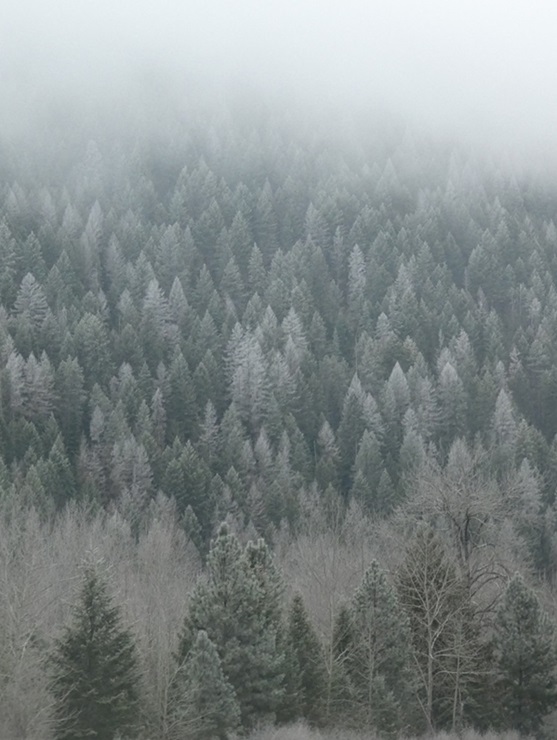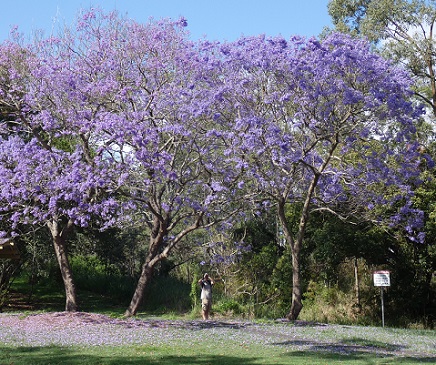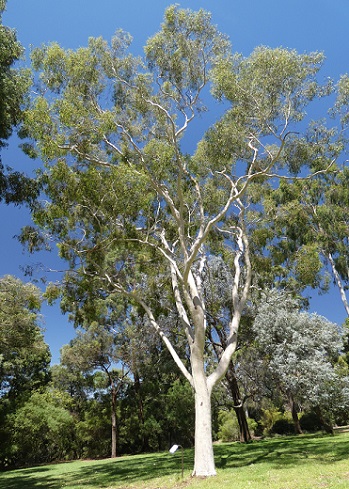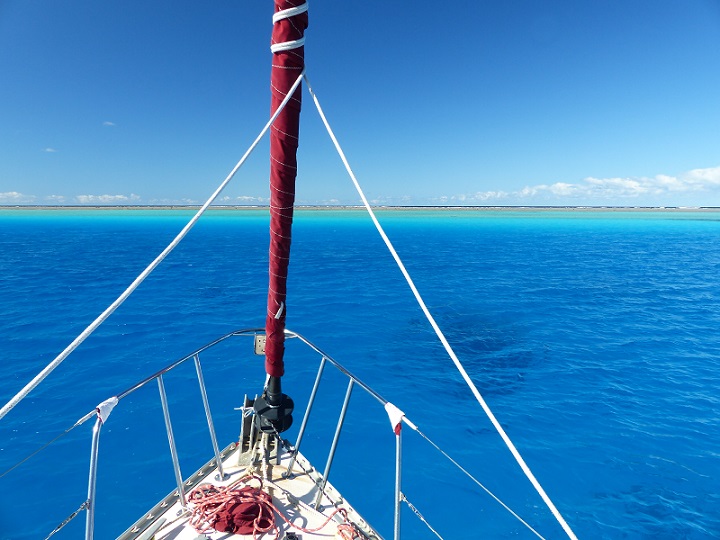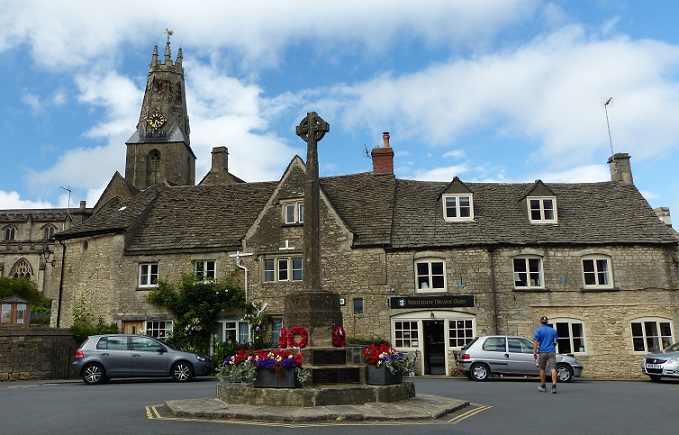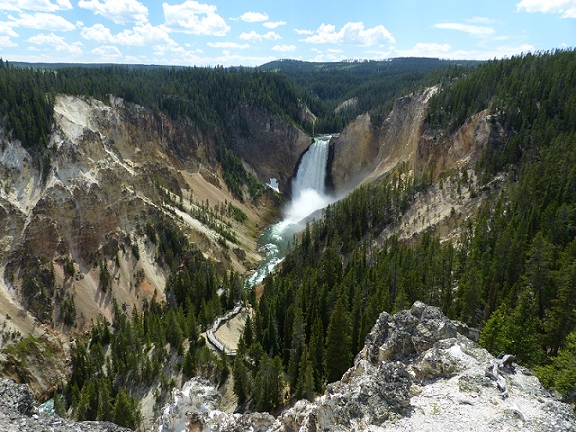
Tregoning
12 April 2024 | We are back aboard Tregoning in Mersin Marina, Mersin, Türkiye
02 April 2024 | We are in Toronto Airport, Canada: Tregoning is in Mersin Marina, Mersin, Türkiye
25 February 2024 | We are back in Gainesville, FL: Tregoning is in Mersin Marina, Mersin, Türkiye
18 February 2024 | We are in Glenwood, New Mexico: Tregoning is in Mersin Marina, Mersin, Türkiye
12 February 2024 | We are in Morro Bay, California: Tregoning is in Mersin Marina, Mersin, Türkiye
19 January 2024 | We are in Vancouver, BC Canada: Tregoning is in Mersin Marina, Mersin, Türkiye
01 January 2024 | We are in Washington State: Tregoning is in Mersin Marina, Mersin, Türkiye
15 December 2023 | We are in Minnesota: Tregoning is in Mersin Marina, Mersin, Türkiye
18 November 2023 | We are in Florida: Tregoning is in Mersin Marina, Mersin, Türkiye
29 October 2023 | We're in Florida - Tregoning is at B-dock, Mersin Marina, Mersin, Türkiye
21 October 2023 | 7 Oda Kapadokya Cave Hotel, Ürgüp, Türkiye
14 October 2023 | Hotel Aşikoğlu, Boğazkale, Türkiye
07 October 2023 | B-dock, Mersin Marina, Mersin, Türkiye
19 September 2023 | “Chez Jon & Angela”, Near Otterton, Devon, UK
14 September 2023 | Airbnb in Fortuneswell on the Isle of Portland, Dorset, UK
11 September 2023 | With Mike, Grange-over-Sands, Cumbria, UK
03 September 2023 | Ardington House, Ardington, Oxfordshire, UK
24 August 2023 | Near "Chez Joan and Peter", College of Roseisle, Moray, Scotland
11 August 2023 | Andrew's house (not exactly), Lichfield, UK
22 July 2023 | Chez Gail, near the New York Café, Budapest, Hungary
Bonfires and American Independence
31 August 2016 | Tregoning is in Whangarei Town Basin Marina, Whangarei, New Zealand but we are in Lewes, East Sussex, Great Britain
Photo: Randall and Hazel strolling into Lewes
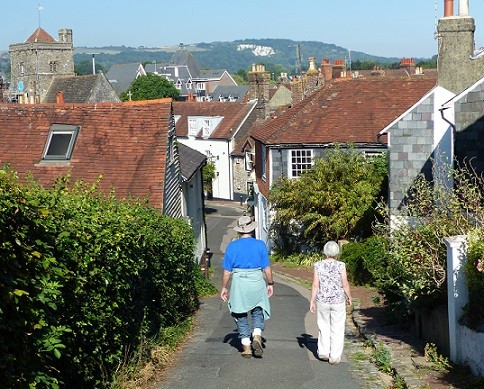
What do…
Guy Fawkes,
An American revolutionary,
17 martyred Protestants,
Donald Trump,
And a former scuba-diving, sometime skiing, part-time yoga instructor
…have in common?
The answer is: an English town south of London, called Lewes.
Let me explain…
After Jennie kindly dropped us off at the station in Harrow on Sunday morning (August 28th), Randall and I headed across London and caught a train to Lewes, just a few miles north of the English Channel in East Sussex. Here we were met by Hazel and taken to her home in the nearby village of Ringmer. Hazel and I have been friends since my post-graduate studies at the River Laboratory in Wareham, Dorset, where Hazel worked as a research technician and where we were both keen scuba-divers.
In recent years, Hazel has taken her enthusiasm for yoga to the next level by training to become a certified Iyengar yoga instructor, which involves a long and exacting training. As part of this training, Hazel told us about her 2014 trip to the Iyengar Institute in Pune, India, a few years previously. She was thrilled with the opportunity to be surrounded by like-minded practitioners and to see their beloved mentor, B.K.S. Iyengar. Sadly, however, he died just a few days after Hazel arrived and even though she felt greatly honored to be allowed to attend his funeral, the Institute closed for a period and she was left on her own for the rest of her stay in India. Her telling of this story was mesmerizing until she started to describe the mildly horrifying and strangely amusing (at this distance in time) experience she had at a “clinic” where they purged her (partially starved her) digestive system. It was quite the story but not enough to put her off wanting to visit India and the Iyengar Institute again…but not the clinic.
That afternoon, trying to dodge rain showers, Hazel and I walked south from her house up to the South Downs. I had walked on the North Downs in July when we stayed with Clare in Godalming and recently on the Chiltern Hills in Buckinghamshire with Jennie, so I was now visiting the third set of the chalk and limestone escarpments that run (roughly) east and west across the southeast of England.
As in the Chilterns, we came across an Iron Age hill-fort, this one called Mount Caburn. What would have been a yew-tree covered hilltop was first enclosed in the middle Iron Age, about 400 BC, with a deep V-shape ditch and a spoil-bank. It is uncertain whether its original use was as a defensive fort or for a religious enclosure, given that there are more than 140 burial pits on the hill. The earthworks were rebuilt in Roman and Saxon time, the latter for defense against the Vikings.
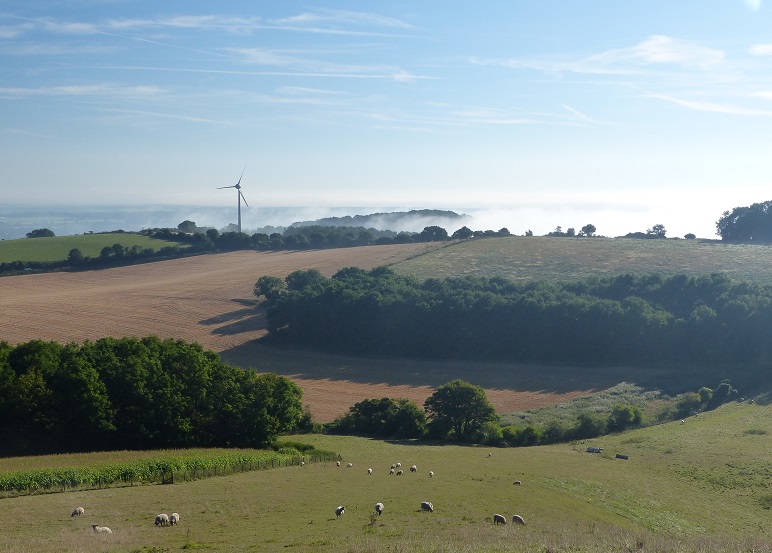
Setting out to walk across the South Downs to Lewes
Our other lovely walk on the South Down Hills was on a sunny, warm Tuesday morning. Randall and I were both in a bit of a daze after receiving the shocking news about the unexpected death of our friend from Seattle, Sarah. Thus, our walk through the late-summer grasslands, with skylarks warbling overhead and with Hazel patiently listening to our fond memories of Sarah and our incredulity about her passing, was just the sort of natural therapy that we needed.
As we crossed a golf-course, Hazel showed us a granite obelisk that was erected in 1901 in the “Loving Memory” of seventeen local Protestant martyrs who, over a period of two years, from July 1555 to June 1557 during the Marian Persecutions, were executed for their religious beliefs. The 13 men and 4 women were burned at the stake in front of the Star Inn, which is now the Lewes Town Hall. These savage persecutions (with 283 executions) occurred during the tumultuous reign of Catholic Queen Mary I (reigned 1553 to 1558) who had succeeded Henry VIII and Edward VI and reversed their establishment of the Protestant Church of England. Mary died during an influenza epidemic in 1558 and was succeeded by her younger half-sister, the Protestant Queen Elizabeth I.
As we continued our walk into Lewes, Hazel described the town's most important annual event, the Lewes Bonfire Celebrations on the 5th of November, Guy Fawkes Night. In addition to marking the date that the Catholic-conspired Gunpowder Plot to blow-up King James I and the Houses of Parliament was uncovered in 1605, the event in Lewes also commemorates the memory of the seventeen Protestant martyrs.
The festivities are the largest and most famous bonfire celebrations held in Great Britain. They are run by seven Bonfire Societies which each organize a parade, bonfire, and firework display. Each Society has a theme and members, carrying burning torches of various shapes and sizes, are costumed accordingly for the parade. One group wears the red and black striped shirts associated with thieves and pirates, while the Society of which Hazel is a member, dresses as monks. Some of the Societies are very old with membership on an invitation-only basis, while others are younger and occasionally solicit new members. The total number of participants may be 3,000 people with up to 80,000 spectators lining the streets of the small market town that has a permanent population of only around 17,300.
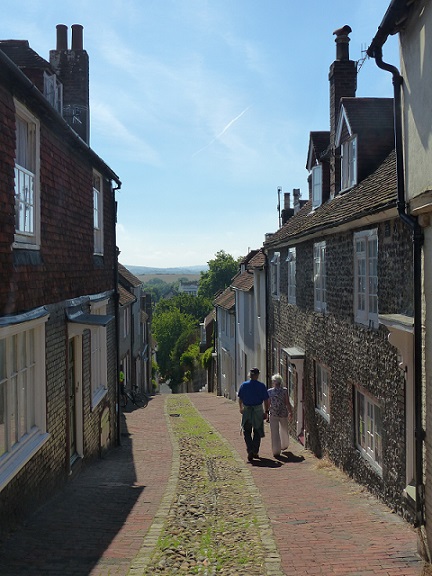
Randall and Hazel walking down one of the narrow streets or “Twittens” in Lewes
At the end of the parades, the Society members gather around their bonfires (located around the edge of the town) and burn large and caricaturist effigies. In addition to the standard effigy of Guy Fawkes, more controversially they burn an effigy of Pope Paul V, who was pope during the martyrdoms, and various personalities (mostly politicians) who are in the current news. In 2016, just three days before the US Presidential elections, this included effigies of candidate Donald Trump which elevated the event to international news status. It will be interesting to see if his likenesses make a return visit to the bonfires in 2017.
I had never heard of the Lewes Bonfire Celebrations before. However, after seeing Hazel’s photographs of the events, including a picture of her in a monk’s costume carrying a tall burning cross in the parade, I will make every effort to attend them the next time we are in the UK at the right time of year.

Alastair and Hazel
After eating a delicious breakfast at the café where Hazel’s son (and my godson), Alastair, works, we strolled around the narrow streets of Lewes. The town started as a Roman settlement on the River Ouse. Soon after the Norman Conquest of 1066, one of William the Conqueror’s closest allies had a simple wooden castle (or keep) built on the central hill (or motte). A wooden palisade, atop a steep berm, surrounded the motte and an open area called the bailey. Around 1100, the wooden structures were replaced with stone walls and, unusually, a second motte and keep was built at the opposite end of the bailey from the original mound. Various defensive additions and improvements were made during the 13th and 14th centuries but this, basically Norman structure, is the castle that remains to this day. We walked around the outside but will save an inside tour for a return visit.

River Ouse with Lewes to the right
Lewes developed into an active port on the River Ouse with related iron, brewing and ship-building industries. The shipping activities ended when the port of Newhaven was established at the river’s mouth but some of the industries and the market-town function were sustained when, in 1846, the town became a railway junction. Lying in a long valley within the South Downs, railway lines constructed from the north, south and east met in Lewes at two railway stations.
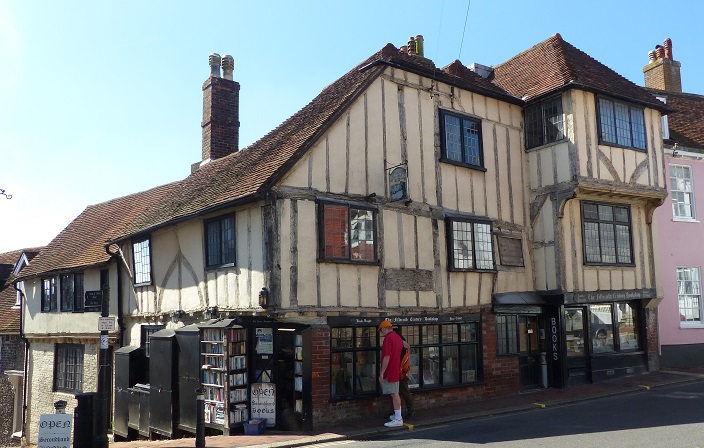
15th century bookshop in Lewes
Having passed the hilltop castle, we admired the exterior Tudor-style wood- and plaster-work on the 15th century bookshop. We then found, much to Randall’s surprise, a couple of plaques celebrating the link of Lewes to one of the eminent figures of the American Revolution, Thomas Paine. One plaque was at the White Hart Hotel, and claimed that the “...Inn is regarded as a cradle of American Independence…” because there Thomas Paine had “…expounded his revolutionary politics.” The other plaque was at Bull House where Paine had lived from 1768 to 1774, as an exciseman and tobacconist and in 1771 had married Elizabeth Ollive, his landlord’s daughter. Paine departed for the American colonies in 1774, at the suggestion of Benjamin Franklin.
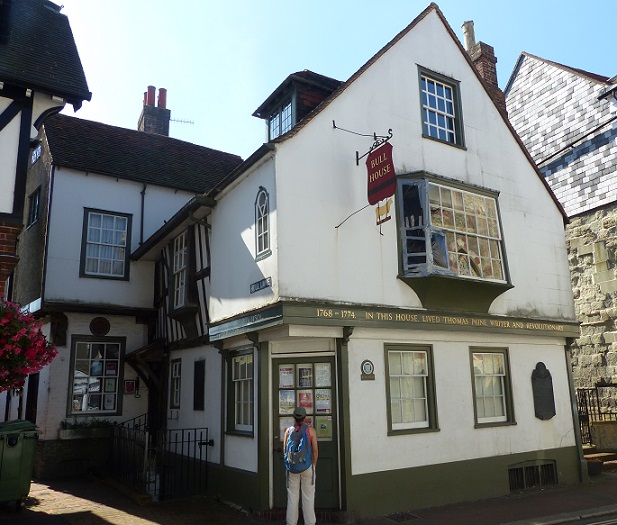
Bull house where Thomas Paine lived in Lewes
Although Thomas Paine was born in 1737 in Norfolk, England, he became one of the Founding Fathers of the United States, by authoring the two most influential pamphlets at the start of the American Revolution, and inspiring the rebels in 1776 to declare independence from Britain. Authored anonymously, “Common Sense” (1776), it can be argued, was the all-time best-selling American title in proportion to the population, and it portrayed the rebellious demand for independence from Great Britain as worldwide news that was an important event in human history. “The American Crisis” (1776) was his other pro-revolutionary pamphlet series. “Common Sense” was so influential that John Adams said, "Without the pen of the author of Common Sense, the sword of Washington would have been raised in vain."
Following the American Revolution, Paine lived in France for most of the 1790s, becoming deeply involved in the French Revolution. He wrote “Rights of Man” in 1791, in part as a defense of the French Revolution against its critics. In “The Age of Reason” (1794), he advocated deism, promoted reason and free thought, and argued against institutionalized religion in general and Christian doctrine in particular. He also published the pamphlet “Agrarian Justice” in 1797, which discussed the origins of property and introduced the concept of a guaranteed minimum income. Thomas Paine returned to the US in 1802, where he died in June, 1809.

Plaque from the Bull House
Between the history of the Protestant martyrs and Thomas Paine, and the on-going controversies about effigy-burning, we had no idea that Lewes was such a hotbed of reactionary thought. We were grateful to Hazel for being such an educational hostess. During our stay with Hazel, we also spent part of a day with Sue, a pen-pal of Alison’s since they both attended an educational cruise (from different schools) in the Mediterranean at the age of 13. Sue drove us around her coastal hometown of Bexhill and we walked along the rather old-fashioned seafront for a while.
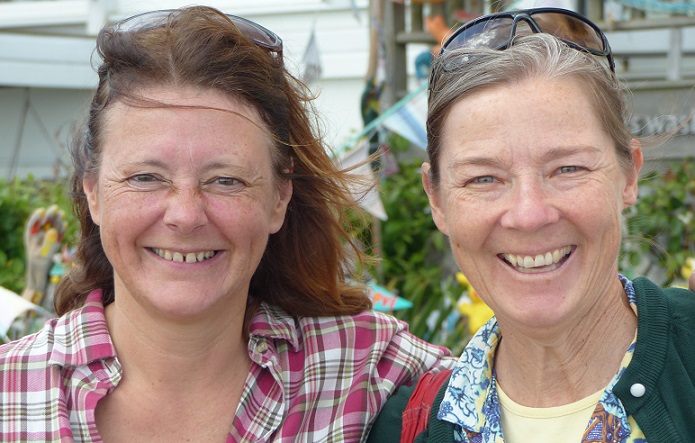
Sue and Alison
It was interesting to find what differing memories we had of our two-week tour of Dubrovnik (in the former Yugoslavia…but arrived at night), of Delphi in Greece, Ephesus in Turkey, Jerusalem, Bethlehem, and a kibbutz in Israel, Knossos in Crete, and Valletta in Malta. It seemed to me that we were too young to appreciate the all of the amazing history and differing cultures that we saw and I would love to return to those places now with more time to spend at each. On board the SS Uganda, we had classroom sessions about the places we were to visit, but both of us remember more about the meals, the antics of the other students, and the suspect behavior of some of the crew, than of any history that we learned. The shore-trips were so brief and crowded (there were 1,000 school children on the back half of the ship who had to be herded aboard buses at each site) that I suspect that this has been part of the reason why a trip on a cruise-ship has never held much appeal to me as an adult. Conversely, Randall is dying to go on a commercial cruise and, he assures me, that this is not just because of the endless supply of food.
At the end of our stay with Hazel, she very kindly dropped us off in Crawley at the house of another of my school-mates, Diane. Again, I had not seen Diane in years but the connection that had developed from spending several years as borders together was immediately reestablished. It was a pleasure to catch-up with her news and to meet her husband, Robin, and their son, David. Diane and Robin are experienced and enthusiastic world travelers on cruise-ships and their photographs and descriptions were clearly feeding Randall’s curiosity about such travel…maybe after we are too old to cruise on our own boat.
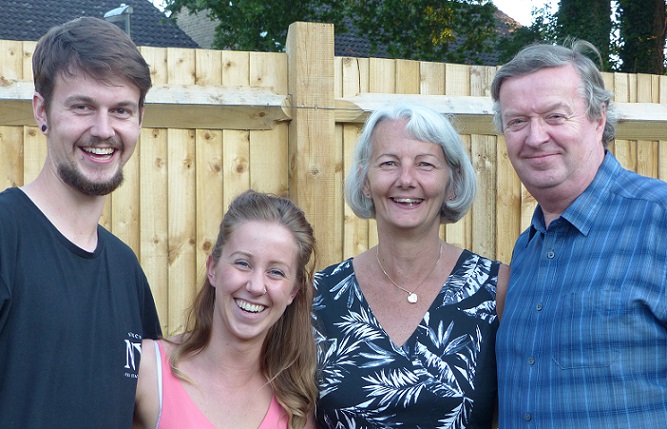
David, Hailey, Diane, and Robin
David’s girlfriend Hailey also joined us for dinner and the two of them were planning an around-the-world trip at the end of the year. Diane and Robin hoped to catch-up with them during their travels while on a cruise in the Indian Ocean, and we might overlap with their stay in New Zealand. We extended an invitation for them to visit us…but suspect that they would find far more interesting things to do on their worldwide explorations than hang-out with two of their mother’s friends that they had met just the once. We have few illusions about how appealing we are to young people unless they are really into sailing, are related to us, or need a free place to stay. But you never know…
Guy Fawkes,
An American revolutionary,
17 martyred Protestants,
Donald Trump,
And a former scuba-diving, sometime skiing, part-time yoga instructor
…have in common?
The answer is: an English town south of London, called Lewes.
Let me explain…
After Jennie kindly dropped us off at the station in Harrow on Sunday morning (August 28th), Randall and I headed across London and caught a train to Lewes, just a few miles north of the English Channel in East Sussex. Here we were met by Hazel and taken to her home in the nearby village of Ringmer. Hazel and I have been friends since my post-graduate studies at the River Laboratory in Wareham, Dorset, where Hazel worked as a research technician and where we were both keen scuba-divers.
In recent years, Hazel has taken her enthusiasm for yoga to the next level by training to become a certified Iyengar yoga instructor, which involves a long and exacting training. As part of this training, Hazel told us about her 2014 trip to the Iyengar Institute in Pune, India, a few years previously. She was thrilled with the opportunity to be surrounded by like-minded practitioners and to see their beloved mentor, B.K.S. Iyengar. Sadly, however, he died just a few days after Hazel arrived and even though she felt greatly honored to be allowed to attend his funeral, the Institute closed for a period and she was left on her own for the rest of her stay in India. Her telling of this story was mesmerizing until she started to describe the mildly horrifying and strangely amusing (at this distance in time) experience she had at a “clinic” where they purged her (partially starved her) digestive system. It was quite the story but not enough to put her off wanting to visit India and the Iyengar Institute again…but not the clinic.
That afternoon, trying to dodge rain showers, Hazel and I walked south from her house up to the South Downs. I had walked on the North Downs in July when we stayed with Clare in Godalming and recently on the Chiltern Hills in Buckinghamshire with Jennie, so I was now visiting the third set of the chalk and limestone escarpments that run (roughly) east and west across the southeast of England.
As in the Chilterns, we came across an Iron Age hill-fort, this one called Mount Caburn. What would have been a yew-tree covered hilltop was first enclosed in the middle Iron Age, about 400 BC, with a deep V-shape ditch and a spoil-bank. It is uncertain whether its original use was as a defensive fort or for a religious enclosure, given that there are more than 140 burial pits on the hill. The earthworks were rebuilt in Roman and Saxon time, the latter for defense against the Vikings.

Setting out to walk across the South Downs to Lewes
Our other lovely walk on the South Down Hills was on a sunny, warm Tuesday morning. Randall and I were both in a bit of a daze after receiving the shocking news about the unexpected death of our friend from Seattle, Sarah. Thus, our walk through the late-summer grasslands, with skylarks warbling overhead and with Hazel patiently listening to our fond memories of Sarah and our incredulity about her passing, was just the sort of natural therapy that we needed.
As we crossed a golf-course, Hazel showed us a granite obelisk that was erected in 1901 in the “Loving Memory” of seventeen local Protestant martyrs who, over a period of two years, from July 1555 to June 1557 during the Marian Persecutions, were executed for their religious beliefs. The 13 men and 4 women were burned at the stake in front of the Star Inn, which is now the Lewes Town Hall. These savage persecutions (with 283 executions) occurred during the tumultuous reign of Catholic Queen Mary I (reigned 1553 to 1558) who had succeeded Henry VIII and Edward VI and reversed their establishment of the Protestant Church of England. Mary died during an influenza epidemic in 1558 and was succeeded by her younger half-sister, the Protestant Queen Elizabeth I.
As we continued our walk into Lewes, Hazel described the town's most important annual event, the Lewes Bonfire Celebrations on the 5th of November, Guy Fawkes Night. In addition to marking the date that the Catholic-conspired Gunpowder Plot to blow-up King James I and the Houses of Parliament was uncovered in 1605, the event in Lewes also commemorates the memory of the seventeen Protestant martyrs.
The festivities are the largest and most famous bonfire celebrations held in Great Britain. They are run by seven Bonfire Societies which each organize a parade, bonfire, and firework display. Each Society has a theme and members, carrying burning torches of various shapes and sizes, are costumed accordingly for the parade. One group wears the red and black striped shirts associated with thieves and pirates, while the Society of which Hazel is a member, dresses as monks. Some of the Societies are very old with membership on an invitation-only basis, while others are younger and occasionally solicit new members. The total number of participants may be 3,000 people with up to 80,000 spectators lining the streets of the small market town that has a permanent population of only around 17,300.

Randall and Hazel walking down one of the narrow streets or “Twittens” in Lewes
At the end of the parades, the Society members gather around their bonfires (located around the edge of the town) and burn large and caricaturist effigies. In addition to the standard effigy of Guy Fawkes, more controversially they burn an effigy of Pope Paul V, who was pope during the martyrdoms, and various personalities (mostly politicians) who are in the current news. In 2016, just three days before the US Presidential elections, this included effigies of candidate Donald Trump which elevated the event to international news status. It will be interesting to see if his likenesses make a return visit to the bonfires in 2017.
I had never heard of the Lewes Bonfire Celebrations before. However, after seeing Hazel’s photographs of the events, including a picture of her in a monk’s costume carrying a tall burning cross in the parade, I will make every effort to attend them the next time we are in the UK at the right time of year.

Alastair and Hazel
After eating a delicious breakfast at the café where Hazel’s son (and my godson), Alastair, works, we strolled around the narrow streets of Lewes. The town started as a Roman settlement on the River Ouse. Soon after the Norman Conquest of 1066, one of William the Conqueror’s closest allies had a simple wooden castle (or keep) built on the central hill (or motte). A wooden palisade, atop a steep berm, surrounded the motte and an open area called the bailey. Around 1100, the wooden structures were replaced with stone walls and, unusually, a second motte and keep was built at the opposite end of the bailey from the original mound. Various defensive additions and improvements were made during the 13th and 14th centuries but this, basically Norman structure, is the castle that remains to this day. We walked around the outside but will save an inside tour for a return visit.

River Ouse with Lewes to the right
Lewes developed into an active port on the River Ouse with related iron, brewing and ship-building industries. The shipping activities ended when the port of Newhaven was established at the river’s mouth but some of the industries and the market-town function were sustained when, in 1846, the town became a railway junction. Lying in a long valley within the South Downs, railway lines constructed from the north, south and east met in Lewes at two railway stations.

15th century bookshop in Lewes
Having passed the hilltop castle, we admired the exterior Tudor-style wood- and plaster-work on the 15th century bookshop. We then found, much to Randall’s surprise, a couple of plaques celebrating the link of Lewes to one of the eminent figures of the American Revolution, Thomas Paine. One plaque was at the White Hart Hotel, and claimed that the “...Inn is regarded as a cradle of American Independence…” because there Thomas Paine had “…expounded his revolutionary politics.” The other plaque was at Bull House where Paine had lived from 1768 to 1774, as an exciseman and tobacconist and in 1771 had married Elizabeth Ollive, his landlord’s daughter. Paine departed for the American colonies in 1774, at the suggestion of Benjamin Franklin.

Bull house where Thomas Paine lived in Lewes
Although Thomas Paine was born in 1737 in Norfolk, England, he became one of the Founding Fathers of the United States, by authoring the two most influential pamphlets at the start of the American Revolution, and inspiring the rebels in 1776 to declare independence from Britain. Authored anonymously, “Common Sense” (1776), it can be argued, was the all-time best-selling American title in proportion to the population, and it portrayed the rebellious demand for independence from Great Britain as worldwide news that was an important event in human history. “The American Crisis” (1776) was his other pro-revolutionary pamphlet series. “Common Sense” was so influential that John Adams said, "Without the pen of the author of Common Sense, the sword of Washington would have been raised in vain."
Following the American Revolution, Paine lived in France for most of the 1790s, becoming deeply involved in the French Revolution. He wrote “Rights of Man” in 1791, in part as a defense of the French Revolution against its critics. In “The Age of Reason” (1794), he advocated deism, promoted reason and free thought, and argued against institutionalized religion in general and Christian doctrine in particular. He also published the pamphlet “Agrarian Justice” in 1797, which discussed the origins of property and introduced the concept of a guaranteed minimum income. Thomas Paine returned to the US in 1802, where he died in June, 1809.

Plaque from the Bull House
Between the history of the Protestant martyrs and Thomas Paine, and the on-going controversies about effigy-burning, we had no idea that Lewes was such a hotbed of reactionary thought. We were grateful to Hazel for being such an educational hostess. During our stay with Hazel, we also spent part of a day with Sue, a pen-pal of Alison’s since they both attended an educational cruise (from different schools) in the Mediterranean at the age of 13. Sue drove us around her coastal hometown of Bexhill and we walked along the rather old-fashioned seafront for a while.

Sue and Alison
It was interesting to find what differing memories we had of our two-week tour of Dubrovnik (in the former Yugoslavia…but arrived at night), of Delphi in Greece, Ephesus in Turkey, Jerusalem, Bethlehem, and a kibbutz in Israel, Knossos in Crete, and Valletta in Malta. It seemed to me that we were too young to appreciate the all of the amazing history and differing cultures that we saw and I would love to return to those places now with more time to spend at each. On board the SS Uganda, we had classroom sessions about the places we were to visit, but both of us remember more about the meals, the antics of the other students, and the suspect behavior of some of the crew, than of any history that we learned. The shore-trips were so brief and crowded (there were 1,000 school children on the back half of the ship who had to be herded aboard buses at each site) that I suspect that this has been part of the reason why a trip on a cruise-ship has never held much appeal to me as an adult. Conversely, Randall is dying to go on a commercial cruise and, he assures me, that this is not just because of the endless supply of food.
At the end of our stay with Hazel, she very kindly dropped us off in Crawley at the house of another of my school-mates, Diane. Again, I had not seen Diane in years but the connection that had developed from spending several years as borders together was immediately reestablished. It was a pleasure to catch-up with her news and to meet her husband, Robin, and their son, David. Diane and Robin are experienced and enthusiastic world travelers on cruise-ships and their photographs and descriptions were clearly feeding Randall’s curiosity about such travel…maybe after we are too old to cruise on our own boat.

David, Hailey, Diane, and Robin
David’s girlfriend Hailey also joined us for dinner and the two of them were planning an around-the-world trip at the end of the year. Diane and Robin hoped to catch-up with them during their travels while on a cruise in the Indian Ocean, and we might overlap with their stay in New Zealand. We extended an invitation for them to visit us…but suspect that they would find far more interesting things to do on their worldwide explorations than hang-out with two of their mother’s friends that they had met just the once. We have few illusions about how appealing we are to young people unless they are really into sailing, are related to us, or need a free place to stay. But you never know…
Comments
| Vessel Name: | Tregoning |
| Vessel Make/Model: | Morgan Classic 41 |
| Hailing Port: | Gainesville, FL |
| Crew: | Alison and Randall |
| About: | We cast-off from Fernandina Beach in north Florida on 1st June 2008 and we have been cruising on Tregoning ever since. Before buying Tregoning, both of us had been sailing on smaller boats for many years and had worked around boats and water throughout our careers. |
| Extra: | “Tregoning” (rhymes with “belonging”) and is a Cornish word (meaning “homestead of Cohnan” or “farm by the ash trees”) and was Alison's mother’s middle name. Cornwall is in southwest England and is where Alison grew-up. |
Tregoning's Photos - Main
 |
Extra photographs from our three-week campervan tour of the South Island from November 15th to December 5th 2015
217 Photos
Created 4 January 2016
|
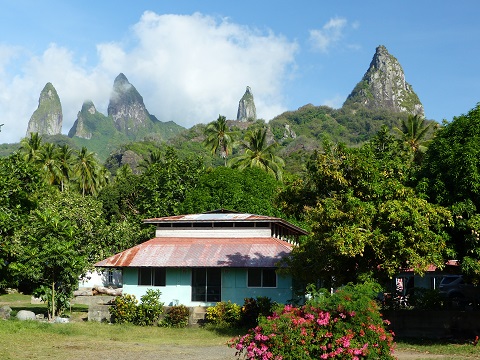 |
Random pictures from our month spent on the islands of Hiva Oa, Tahuata, Ua Pou, and Nuku Hiva
45 Photos
Created 18 July 2015
|
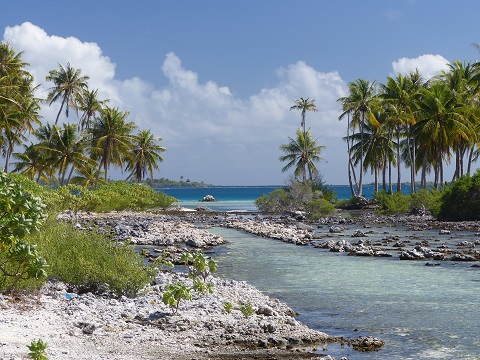 |
Random pictures from our month spent in 4 Tuamotu Atolls; Ahe, Fakarava, Tahanea, and Toau
32 Photos
Created 1 July 2015
|
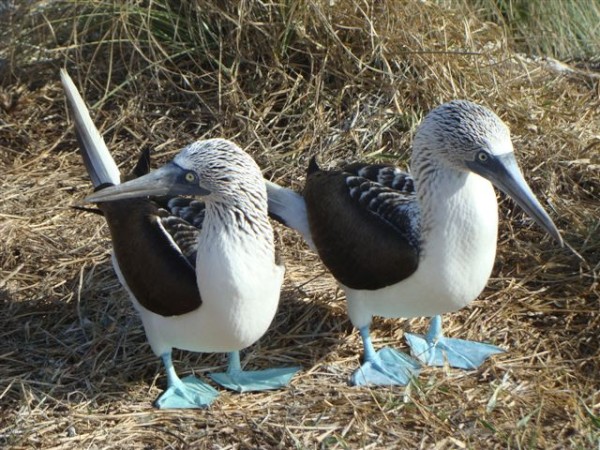 |
Some of the birds, fish, reptiles, and mammals (and others) that we have seen in Mexico
74 Photos
Created 5 May 2014
|
Tregoning

Who: Alison and Randall
Port: Gainesville, FL
